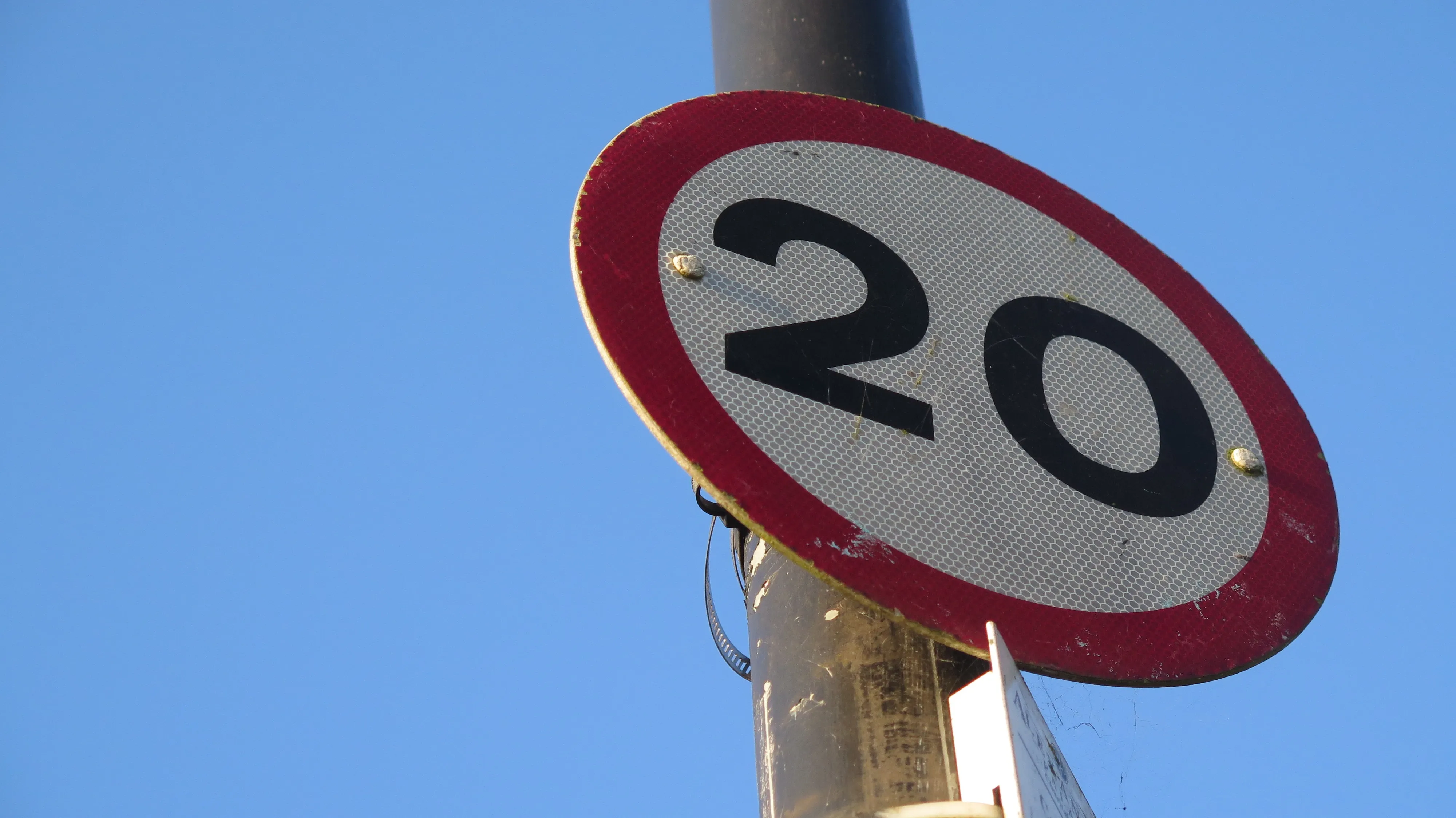The latest report by the A9 Safety Group on accident statistics on the A9 in Scotland indicate that there continues to be a sustained improvement in driver behaviour and a corresponding fall in collisions and casualties.
The report contains collision and casualty data for the first 18 months of operation of the average speed cameras to 30 April 2016, which is the mid-point of the evaluation period. The other performance data covers the period to 30 June 2016 unless otherwise stated.
In human terms, says the report, four fewer people have been killed, 22 fewer seriously injured and 62 fewer people slightly injured on the A9 in this 18 month period compared to the equivalent baseline period. There are also additional benefits brought through reduced incidents and their subsequent impact, which has improved journey time reliability.
The main headlines from the data monitoring are: The number of fatal casualties between Dunblane and Inverness is down by over 33% compared to the baseline average, while the number of ‘fatal and serious’ collisions between Dunblane and Inverness overall is down by over 45%, with fatal and serious casualties down 62%. There have been no fatal collisions between Dunblane and Perth and the number of serious collisions and injuries is down by almost 85%.
The number of ‘fatal and serious’ collisions between Perth and Inverness is down by almost 32%, with fatal and serious casualties down by almost 58% and the number of serious injury casualties between Perth and Inverness is down by over 71%.
The overall number of casualties of all classes between Dunblane and Inverness is down by 50%.
The number of vehicles exceeding the speed limit remains low, at 1 in 10 compared to the historic benchmark figure of 1 in 3 and the number of vehicles speeding excessively (more than 10 mph above the speed limit) remains low, with a sustained reduction from the historic benchmark figure of 1 in 10 vehicles to 1 in 250.
The number of vehicles detected by the average speed camera system which were considered by Police Scotland for further action remains extremely low at an average of 13 per day (less than 0.03% of the overall volume of vehicles using the route).
A9 average speed cameras improving road safety
The latest report by the A9 Safety Group on accident statistics on the A9 in Scotland indicate that there continues to be a sustained improvement in driver behaviour and a corresponding fall in collisions and casualties. The report contains collision and casualty data for the first 18 months of operation of the average speed cameras to 30 April 2016, which is the mid-point of the evaluation period. The other performance data covers the period to 30 June 2016 unless otherwise stated.
September 1, 2016
Read time: 2 mins








